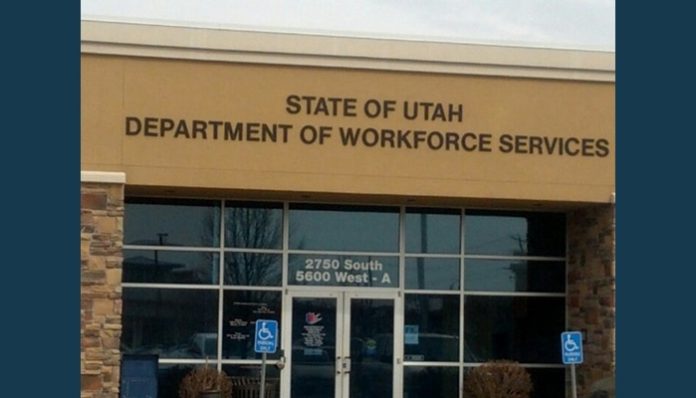SALT LAKE CITY, Utah, July 28, 2021 (Gephardt Daily) — The Utah Office Of Homeless Services released the state’s Annual Report on Homelessness Wednesday.
The report includes several data types from different sources, including the Federal Fiscal Year 2020 (FFY20) System Performance Measures; 2021 Housing Inventory Count; and the 2021 Pandemic Point-in-Time (PIT) count, said a news release from the Utah Department of Workforce Services. When reviewed together, these data sources provide a more well-rounded picture of homelessness in Utah, the news release said.
“As the new Utah Homelessness Council prepares to convene, we are committed to using reliable and current data sources, like this report, to make informed decisions to coordinate resources and support system planning,” said State Homelessness Coordinator Wayne Niederhauser.
“The pandemic created a uniquely challenging situation for people experiencing homelessness and homeless services providers,” said Tricia Davis, assistant director of the Office of Homeless Services. “Throughout this time, government and non-profit service providers have coordinated closely to meet the changing needs of Utahns experiencing homelessness and housing instability.”
“The State of Utah Strategic Plan on Homelessness” establishes statewide goals and benchmarks to measure progress towards making homelessness in Utah “rare, brief and non-recurring,” the news release said. Utah aligns its performance measures with those established by the U.S. Department of Housing and Urban Development.
Making Homelessness Rare
Utah has realized a four-year downward trend in the number of individuals experiencing homelessness for the first time. In FFY20, 7,433 people experienced homelessness for the first time compared to 9,493 people in FFY17, representing a 21.7% decrease.
Making Homelessness Brief
In FFY19, the average length of time spent in emergency shelters for people experiencing homelessness in Utah was 55 days. The state’s goal for FFY20 was to achieve an average of 50 days; however, the length of stay in emergency shelters increased in FFY20 to an average of 66 days. “This reflects a need for more deeply affordable housing that individuals and families experiencing homeless can access,” the news release said. “It is also likely a result of pandemic impacts on other safe housing options available to individuals and families in emergency shelters.”
Making Homelessness Non-recurring
The rate at which individuals return to homelessness has been decreasing for the last four years. In FFY20, Utah met its goal to decrease the rate of return to homelessness within two years from 32% to 29%.
“The system is highly effective in keeping the most vulnerable in housing,” the news release said. “In FFY20, 95% of individuals enrolled in permanent housing projects, other than rapid re-housing, either exited to or retained their permanent housing, an improvement from 93% reported in FFY19.”
Pandemic Point-In-Time Count
The 2021 Pandemic PIT count reported 3,565 Utahns experiencing homelessness on a single night. “By carefully planning and implementing safety protocols and additional non-congregate shelter options, the homeless service system provided shelter to roughly the same number of people on a single night as they did pre-pandemic,” the news release said. “The unsheltered count was conducted in a different way than in previous years in order to protect the health and safety of volunteers and individuals experiencing homelessness during the pandemic. This change in methodology makes it difficult to accurately compare the 2021 unsheltered and total counts with previous years.” The number of unsheltered people reported during the Pandemic PIT was 1,155.
The full report is available here.







